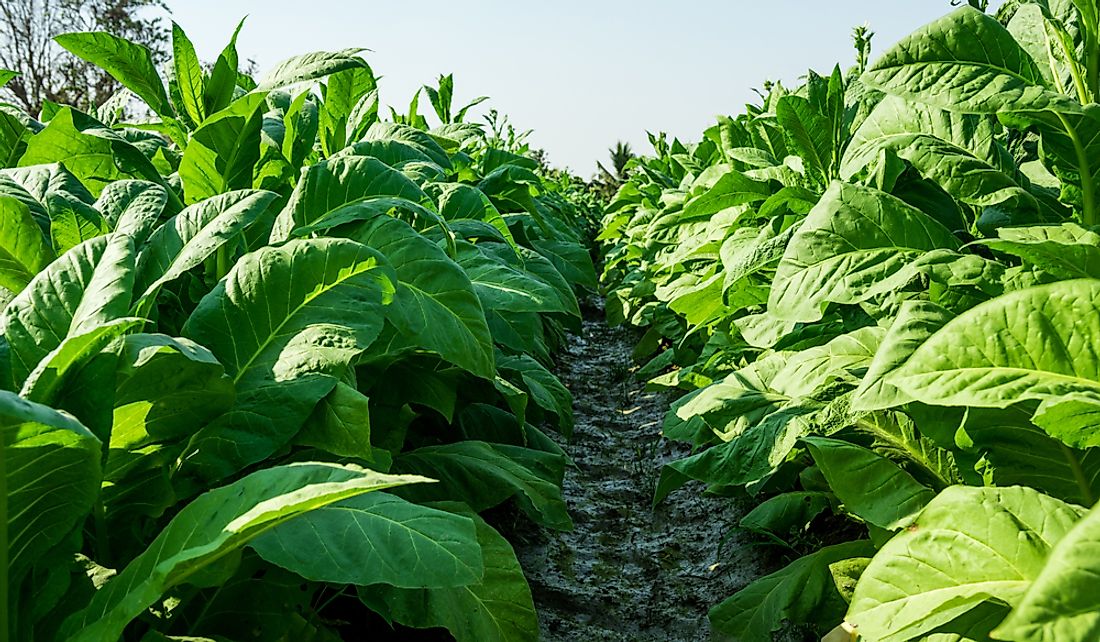Did Canada Have Slaves?

Slavery began long before the exploration of the New World. However, by colonial times slavery occurred in several countries in the world. An example of such a region where slavery was rampant was in British North America, which included Canada. Slavery in Canada happened in two stages; during the period of the First Nations and during colonial times in the early 1600s. During that time, like anywhere else that had slavery, it was crucial to the advancement of the economic agendas of the colonials. Slaves used to work in the plantations and the export of goods such as rum and tobacco. The slaves were mainly brought from Africa but also included Canada’s indigenous peoples.
Slave Ownership in Canada
Slaves were owned by people from all classes in Canadian society including officials from the government and the military, traders, priests, merchants, and others. Aside from the need for cheap labor, the number of slaves that an individual had was a symbol of wealth. Every person who owned a slave had to follow the stipulated legal processes that were outlined in the law. For example, there were stipulations for legal contracts, passing on slaves in a will, release, and other things.
Treatment of Slaves in Canada
Despite reports that Canadian slaves experienced better treatment than those in the United States, this is generally considered to be untrue. Since slaves were considered possessions, they did not have rights so they could be treated in any way that the owner saw fit. For example, a simple crime from a slave could warrant severe jail time or hanging. However, some owners would allow certain privileges to their slaves such as learning how to read and write as well as rewarding them with land and money.
The negative treatment of the slaves led to the start of rebellions from all kinds of people, especially the slaves. Resistance took place in several ways including telling a lie to avoid work, feigning illness, and other ways. Women had a kind of resistance known as "petit marronage," which involved leaving the premises of the employer without permission. Some slaves decided to flee Canada and move to nearby countries like the US.
Abolition of Slavery in Canada
During the 19th century, the abolitionist movement was spreading across the colonies. The abolition of slavery was a gradual process that involved a number of struggles. However, antislavery activists also had some major victories such as the passing of the Act to Limit Slavery in Upper Canada. The act ensured that any children born to slaves after 1793 were born as free people. However, this law was not a final victory since slavery was still legal in British North America. For this reason and others, some people decided to propose the idea indentureship instead of outright abolishment. Indentureship meant that slaves had a contract of sorts with the owner who would pay the slave and release them after the contract ended. However, this idea was removed after the Slavery Abolition Act received royal authorization on August 28, 1833, and came into effect on August 1, 1834. After that, slavery was illegal under the law and all slave owners had to release all slaves.











